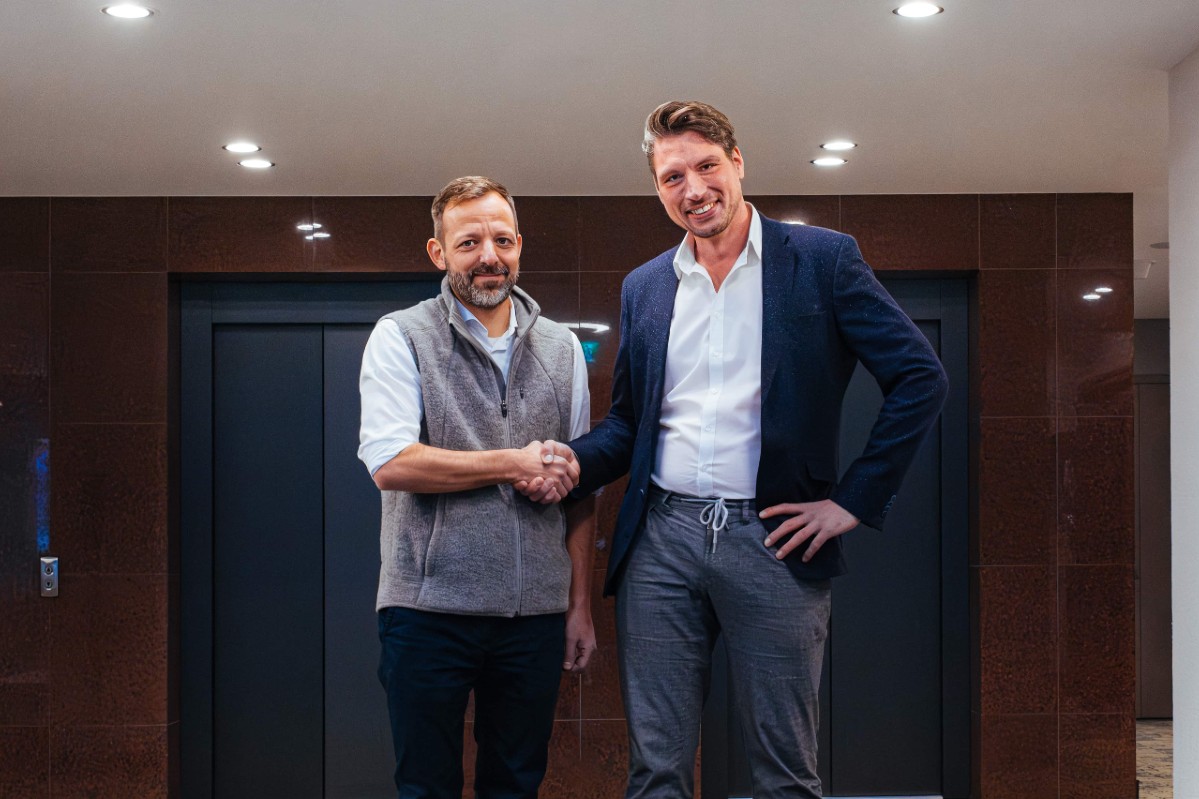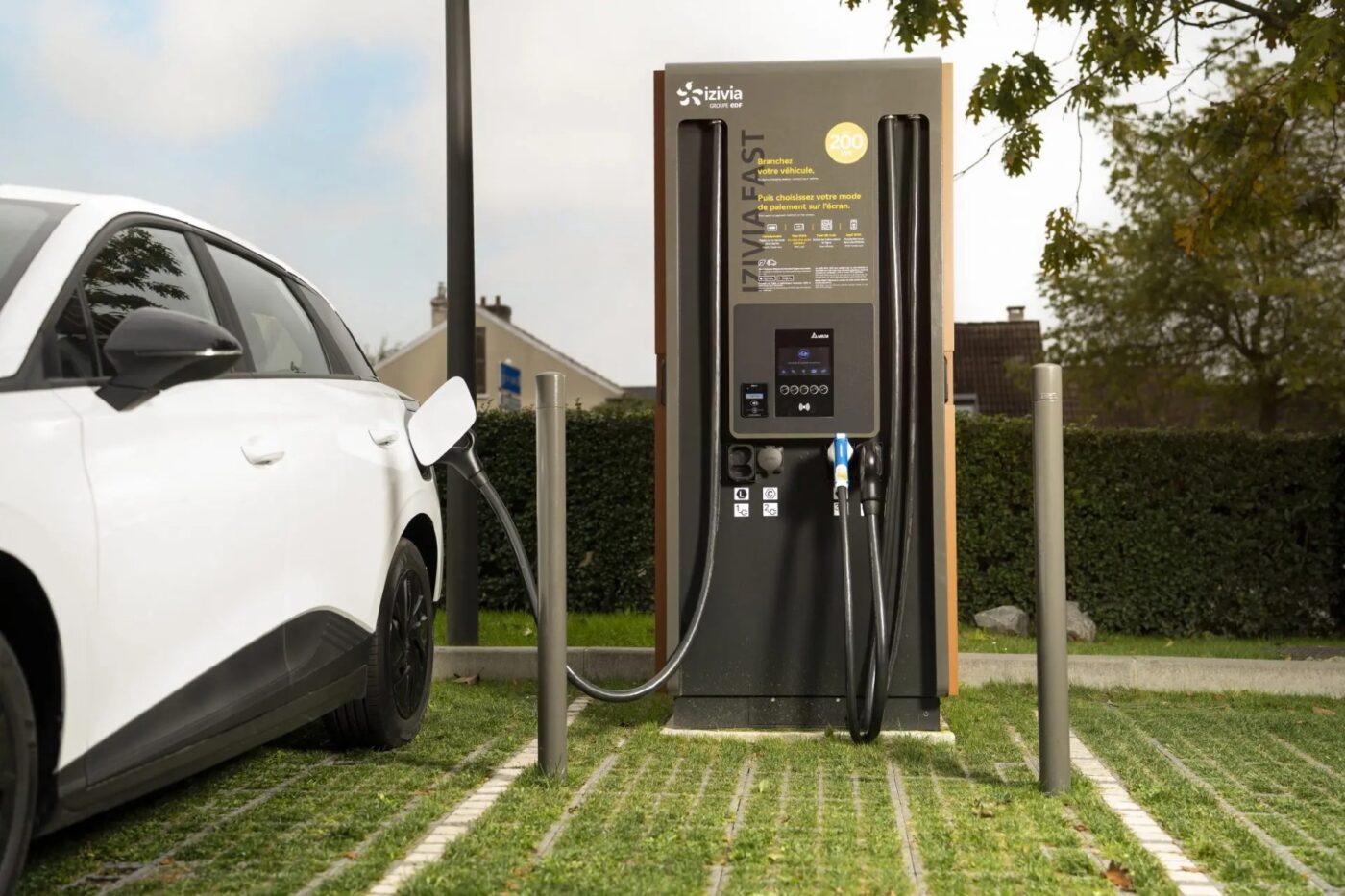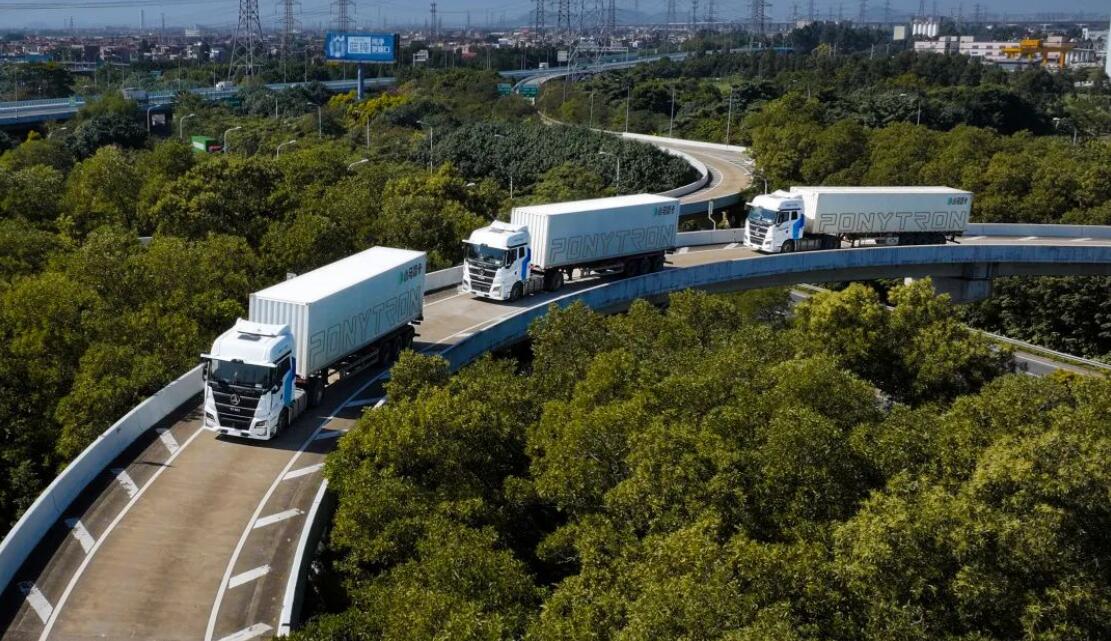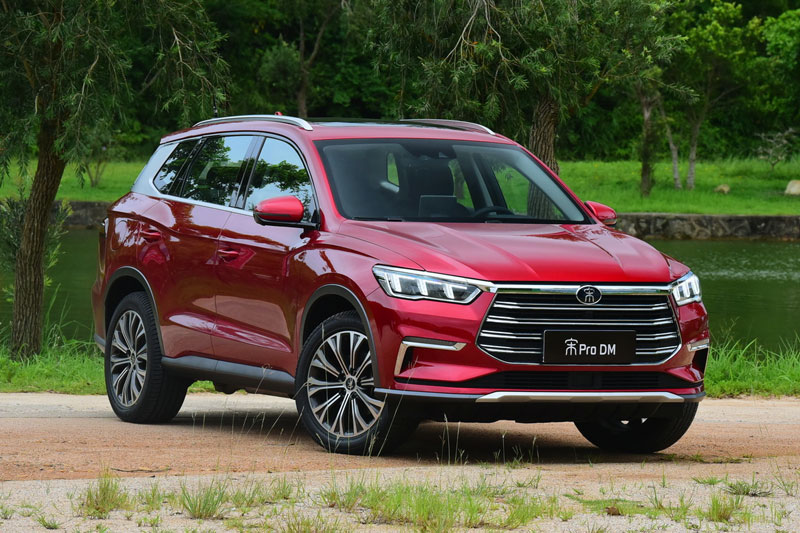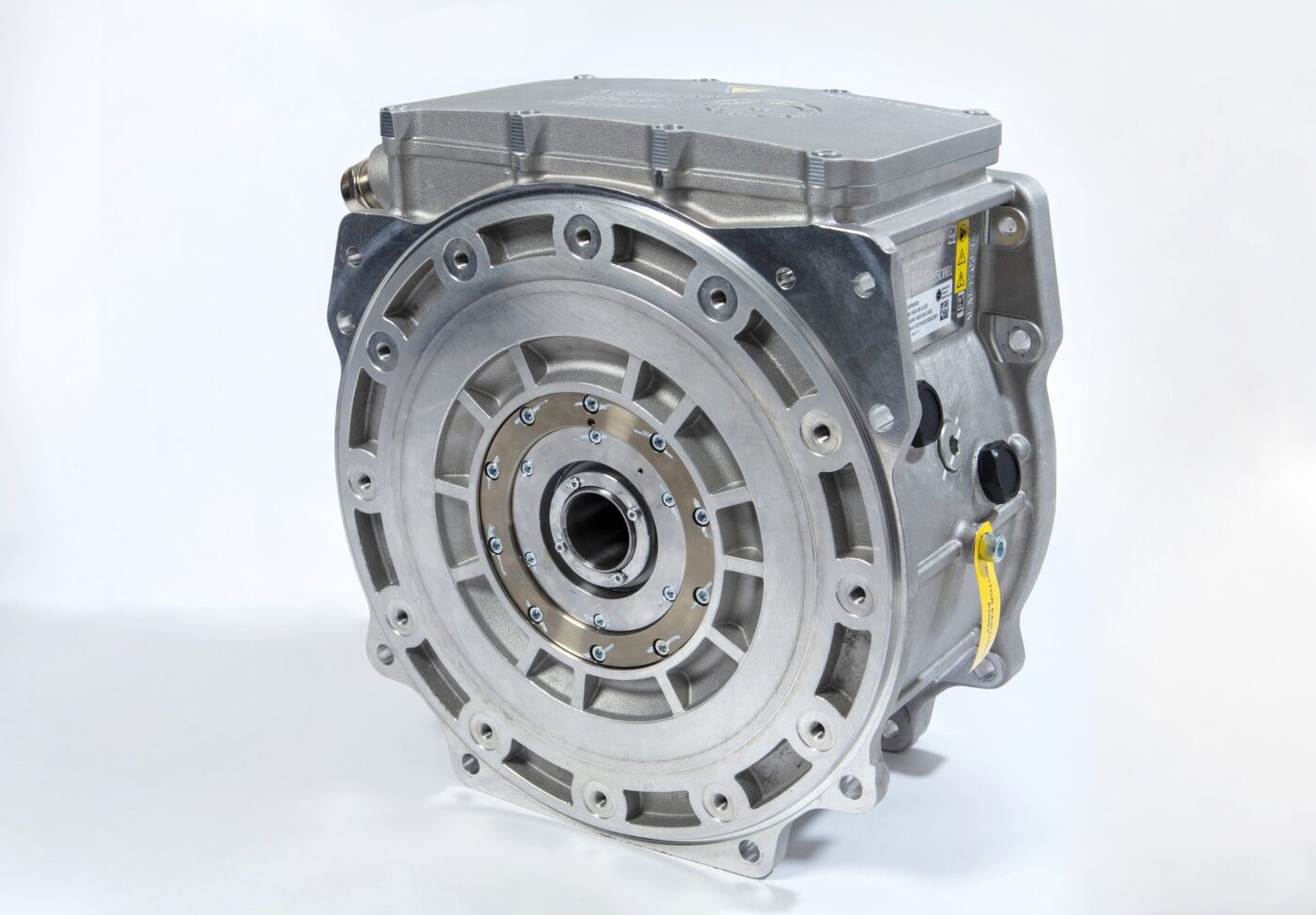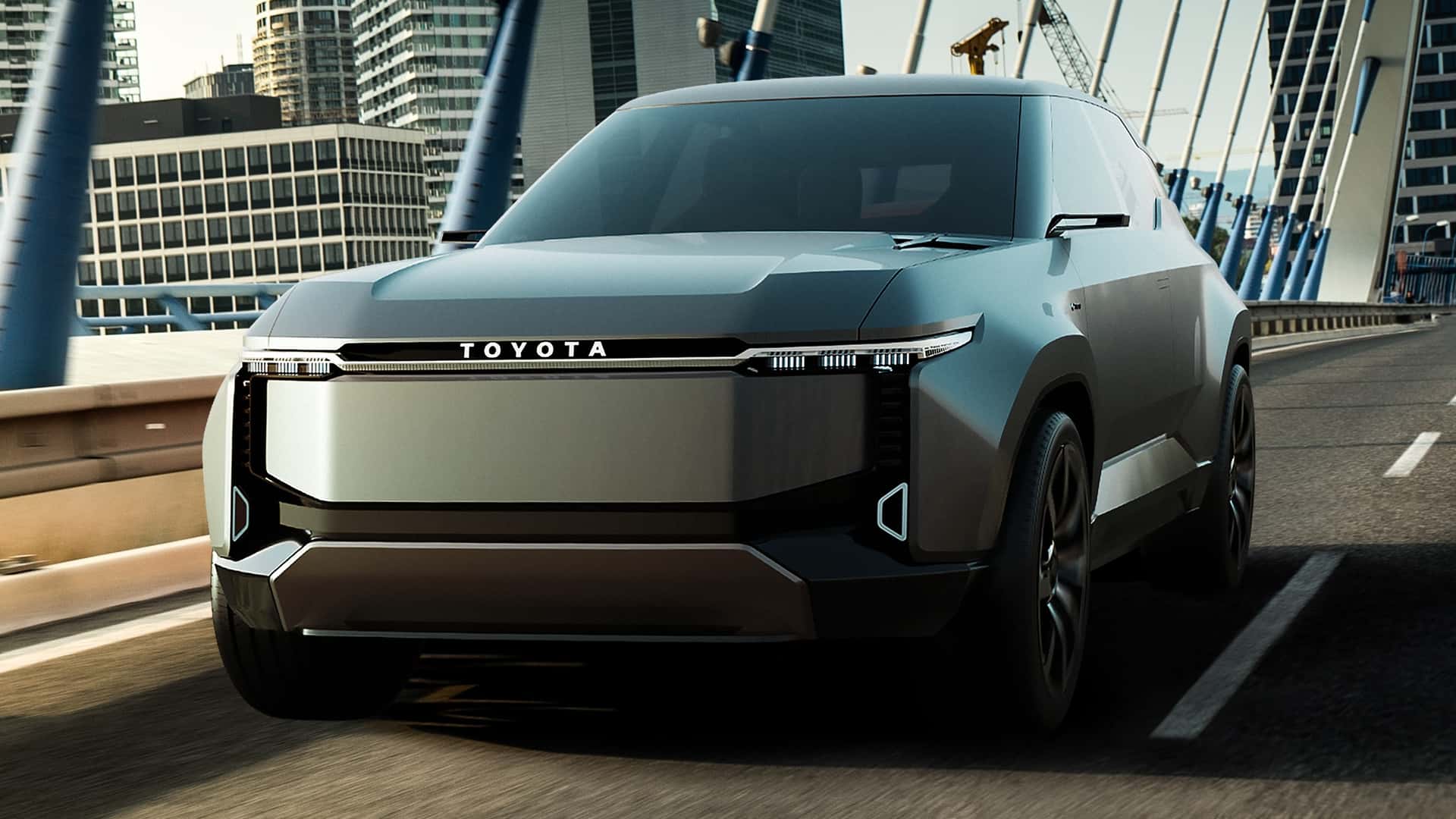Skeleton Technologies, the battery manufacturer, has brought Tobias Hüppe on board from Northvolt to serve as the Chief Operations Officer (COO), with a primary focus on expanding production. In his new role, Hüppe, with extensive experience in scaling battery production and gigafactory development, is expected to play a pivotal role in Skeleton’s growth strategy.
Hüppe’s background includes significant contributions as a core team member and production manager at Northvolt, adding valuable insights to Skeleton’s production endeavors. His prior roles in key positions within the automotive industry at Faurecia, Webasto, and Edscha further underscore his expertise.
Dr. Linus Froböse, Skeleton’s previous COO, will transition to the Chief Technology Officer (CTO) position, spearheading technology and product development. Dr. Froböse will also retain responsibilities for expanding the production of “Curved Graphene,” Skeleton’s patented carbon material, according to an accompanying press release.
In a recent financing round, Skeleton Technologies successfully raised 108 million euros, with notable contributions from Siemens, existing investor Marubeni, and Brazilian mining company CBMM, among others. The company is actively engaged in constructing a new plant for supercapacitor production in Markranstädt near Leipzig in collaboration with Siemens. Mass production at the new facility is set to commence by the end of 2024, targeting an output of up to twelve million cells annually.
Siemens plays a pivotal role in the new plant’s automation and digitalization, with expectations of achieving an output 40 times higher than the existing site in Großröhrsdorf, as outlined by Skeleton.
Concurrently, Skeleton is advancing its SuperBattery technology, a next-generation ultracapacitor leveraging the unique properties of “curved graphene.” Although graphene batteries have limited energy density, the ‘SuperBattery’ boasts a 15-second charging time and is designed to withstand numerous deep discharge and charge cycles. It is positioned to serve as a buffer for peak power loads in conjunction with a lithium-ion battery, potentially reducing the size of cooling systems—a critical consideration for demanding tasks related to traction batteries.

